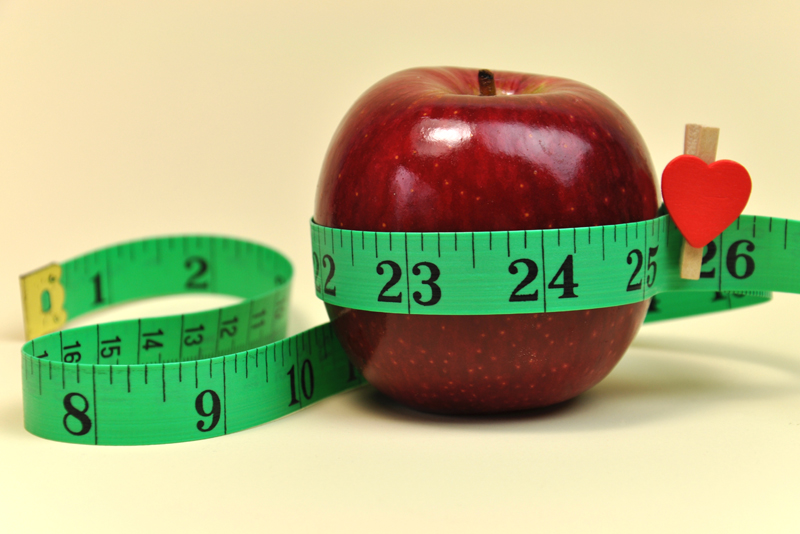Steak Grilling Recipe and Tips

One of the basic ingredients for any low carb diet is the steak. Easy to make, simple to customize, you can grill a steak just about any time of year for a quick and tasty meal.

First, get a good cut of meat. You really notice the difference between a tough, tasteless steak and a tender, flavorful one. Since you tend to eat less on a low carb diet, it pays to get smaller but higher quality foods.
There are many, many ways you can marinade your steak. There are many pre-mixed marinades on the market - check the carb counts of one you use. It's best to make your own, to control the ingredients.
Before you start grilling, clean the grill off of all impurities and lightly oil the grill. This will help keep your meet from sticking to the grill and picking up impurities.
Heat up your grill as hot as possible before you put your steak on. This gives the outside of the steak a good sear, to keep in the juices. If you want your steak to have the classic diamond pattern on it, turn the steak 90 degrees on the first side before flipping it over.
After grilling, let the steak rest for a few minutes before serving. This lets the flavors fully meld and the juices absorb into the meat.
When you cut your steak into pieces, don't cut it into chunks. If you create long, thin slices instead, it will taste far better!
Protein is highly important for every diet. While doctors used to think that people naturally lost muscle tone as they aged, studies now show that you can maintain healthy muscle as long as you continue to eat adequate protein and exercise regularly.
Note that the fat in steaks and other meats can form HCAs if grilled improperly. HCAs are linked to causing cancer. To avoid the risks:
* Trim off all fat before grilling
* Minimize fat drips into the grill, which causes flare-ups of HCA smoke
* Keep your grill rack high off the heat, so flare-ups don't reach the meat
* Marinate your meats - the layer of oil keeps the fat from the heat.
Low Carb Meat Recipes
Tips for Grilling Fish

Lisa Shea's Library of Low Carb Books

First, get a good cut of meat. You really notice the difference between a tough, tasteless steak and a tender, flavorful one. Since you tend to eat less on a low carb diet, it pays to get smaller but higher quality foods.
There are many, many ways you can marinade your steak. There are many pre-mixed marinades on the market - check the carb counts of one you use. It's best to make your own, to control the ingredients.
Before you start grilling, clean the grill off of all impurities and lightly oil the grill. This will help keep your meet from sticking to the grill and picking up impurities.
Heat up your grill as hot as possible before you put your steak on. This gives the outside of the steak a good sear, to keep in the juices. If you want your steak to have the classic diamond pattern on it, turn the steak 90 degrees on the first side before flipping it over.
After grilling, let the steak rest for a few minutes before serving. This lets the flavors fully meld and the juices absorb into the meat.
When you cut your steak into pieces, don't cut it into chunks. If you create long, thin slices instead, it will taste far better!
Protein is highly important for every diet. While doctors used to think that people naturally lost muscle tone as they aged, studies now show that you can maintain healthy muscle as long as you continue to eat adequate protein and exercise regularly.
Note that the fat in steaks and other meats can form HCAs if grilled improperly. HCAs are linked to causing cancer. To avoid the risks:
* Trim off all fat before grilling
* Minimize fat drips into the grill, which causes flare-ups of HCA smoke
* Keep your grill rack high off the heat, so flare-ups don't reach the meat
* Marinate your meats - the layer of oil keeps the fat from the heat.
Low Carb Meat Recipes
Tips for Grilling Fish

Lisa Shea's Library of Low Carb Books

Related Articles
Editor's Picks Articles
Top Ten Articles
Previous Features
Site Map
Follow @LisaLowCarb
Tweet
Content copyright © 2023 by Lisa Shea. All rights reserved.
This content was written by Lisa Shea. If you wish to use this content in any manner, you need written permission. Contact Lisa Shea for details.










